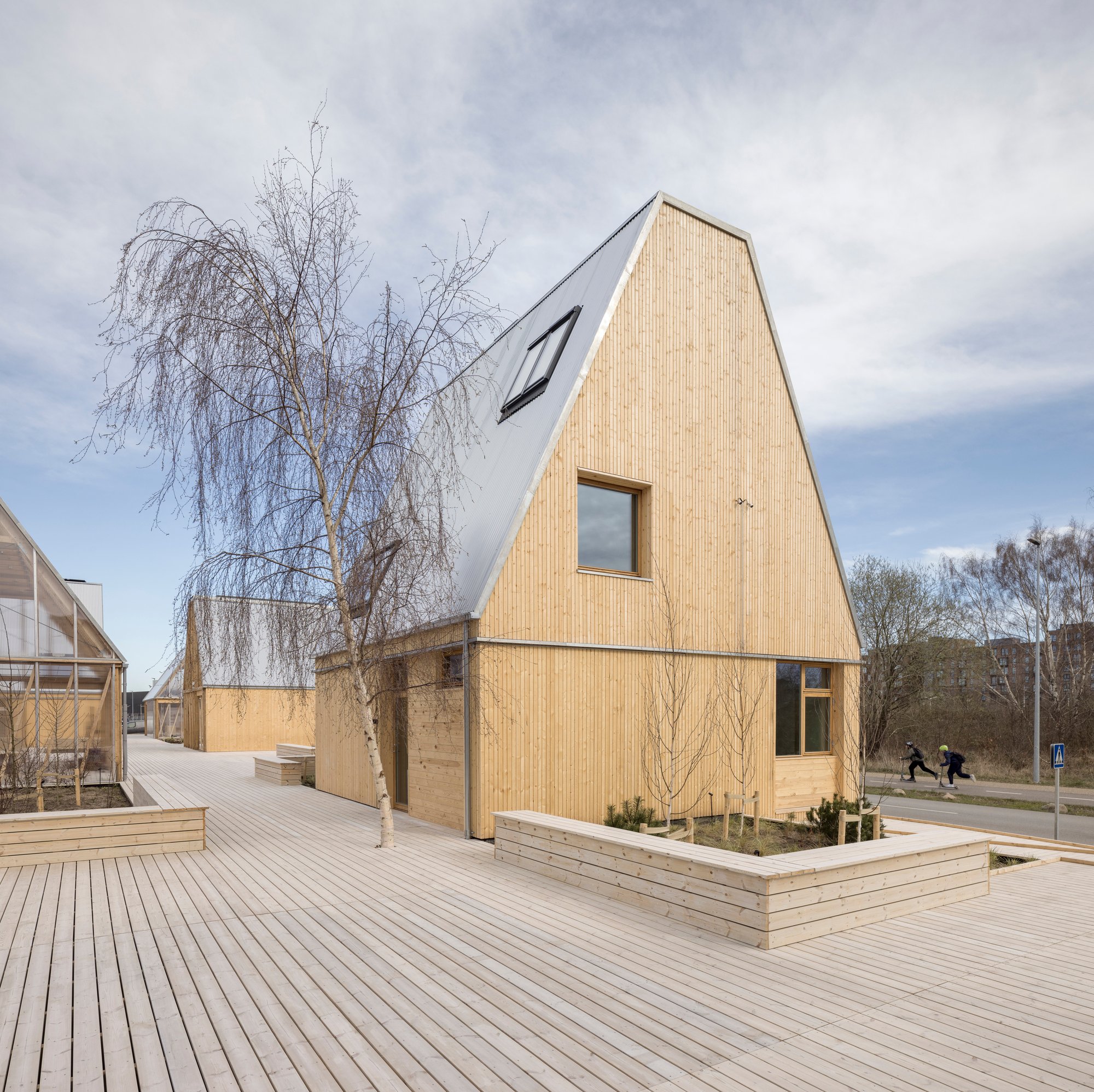News
Energy efficiency in buildings
Danish-American Partnership within Energy-Efficient Buildings


"Chicago is committed to expanding collaboration and dialogue in finding new ways for greater energy efficiency," said Deputy Mayor Steven Koch. "From Retrofit Chicago to our record number of green roofs in the downtown area, by continuing our connection with Denmark we are ensuring that Chicago remains at the forefront of energy efficiency and economic vitality."
Huge potential for energy savings
Buildings account for 40 per cent of the global energy consumption and nearly the same share of CO2 emissions. Consequently, reducing the energy consumption of buildings will be a key priority for any country or community striving to save money and reduce CO2 emissions. With today’s existing technologies, it is possible to reduce energy consumption in buildings by at least 50 per cent, and possibly as much as 80 per cent.
Read more about energy efficiency on www.stateofgreen.com
Pick the low-hanging fruits
These huge savings can be made quite easily with simple measures such as energy-efficient windows, insulation materials, heat regulators, ventilation systems and lighting, just to mention a few. Denmark has been a world leader in energy efficiency in buildings for decades and energy-efficient solutions are widely implemented in newly built and refurbished housing, offices and public institutions all over the country.
Read about low-energy buildings
“We are scaling up at our Consulate General in Chicago and adding resources to showcase Denmark’s knowhow and experience in energy efficiency,” said Ambassador Taksøe-Jensen. “It is a pleasure to be here in Chicago to exchange ideas with the City for our mutual benefit.”
Buildings constitute a vast potential for energy savings
In Denmark, the renovation of existing buildings and the construction of energy-efficient new buildings could reduce energy consumption for heating by 80% - corresponding to 30% of the country’s total energy consumption. On a global scale, the potential for energy savings is enormous.
Potential for the water industry
“The Chicago area is emerging as an important hub for the water industry and is one of the reasons why we’re establishing our North American headquarters here,” said Jes Munk Hansen, president and CEO of Grundfos North America, a global leader in developing high-tech water pumps and systems. “Mayor Emanuel has shown strong leadership by laying out an ambitious vision for making Chicago the greenest city in the world and we’re looking forward to playing a role in the transformation of this great city.”
By using existing technologies, such as insulation, air tightness, ventilation, energy-efficient heating systems and renewable energy sources such as solar energy, it is already possible to make buildings CO2 neutral – as well as improving the indoor climate for the buildings residents. Several Danish companies are among the world-leaders in the areas of insulation, glazing, water pumps and water management technology, meters and other energy saving technologies for buildings.
Raising the bar
When I comes to optimizing industrial processes, Denmark ranks as one of the most energy-efficient countries in the EU and the OECD, not least because many Danish companies have optimized their industrial processes, facilities and equipment and obtained substantial reductions in their consumption of energy, water and packaging.
As part of a recent national energy agreement, Denmark plans to reduce its final energy consumption by 7 per cent in 2020 compared to 2010. Solutions for energy-optimizing industrial processes and housing are readily available and substantial savings can be achieved. Danish products, know-how and solutions within energy efficiency can make a considerable positive difference on the bottom lines of companies and individuals alike looking for ways to save energy.
Read also: 21.5 m. DKK to a more energy efficient Denmark
Source: The Royal Danish Embassy
For more news, go to our Newsroom
You should consider reading
solutions
Energy efficiency in buildings
+2















